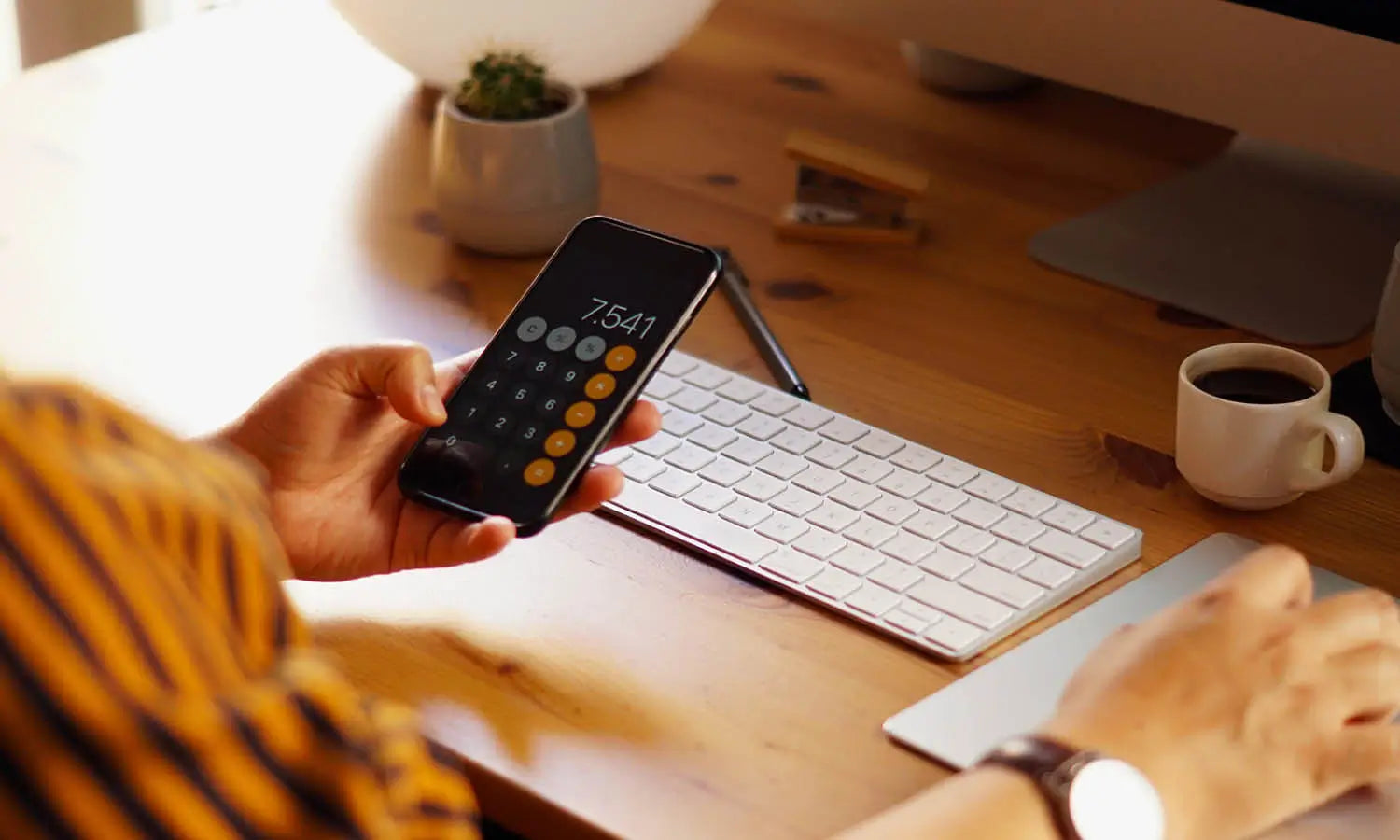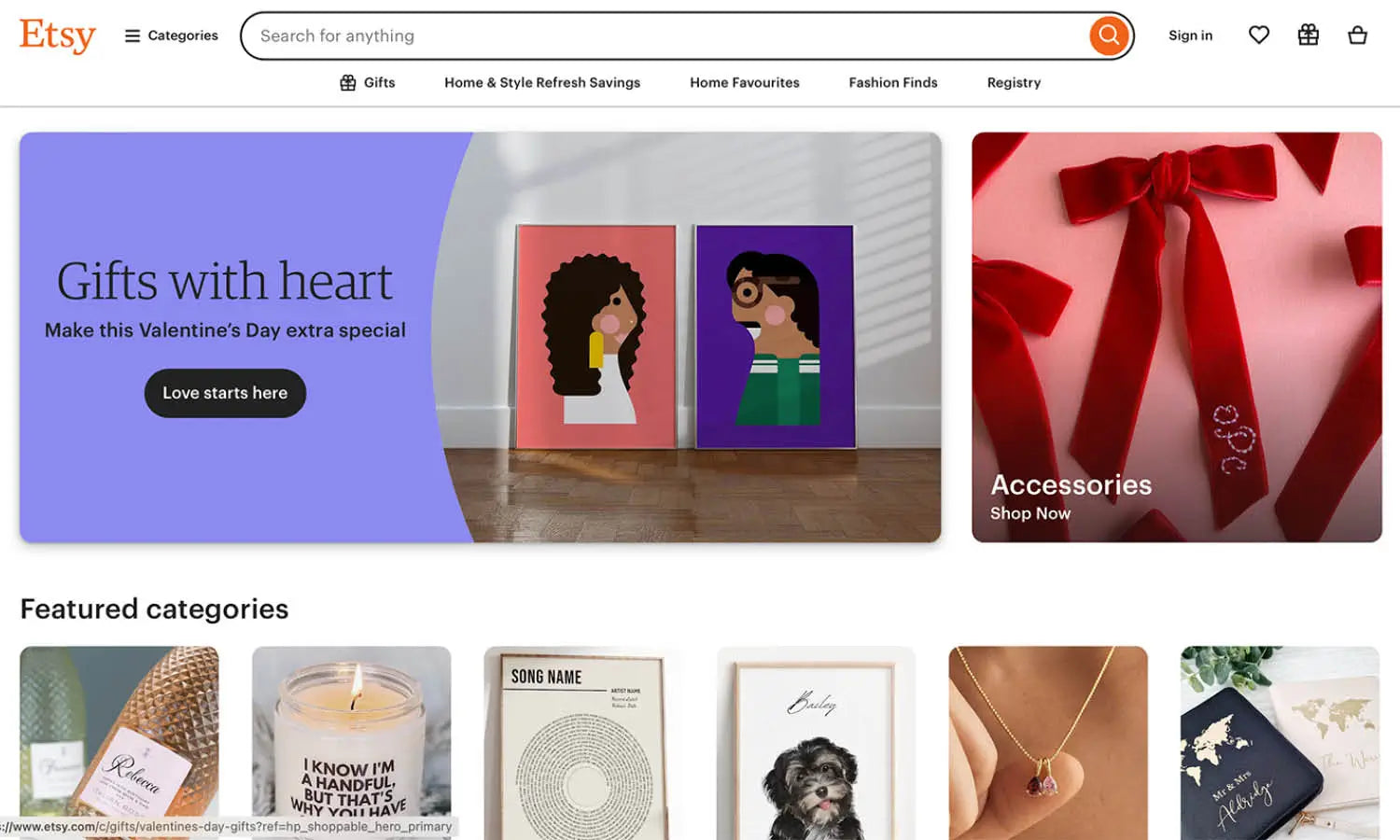10 Factors That Influence Logo Design Pricing

Understanding the factors that influence logo design pricing is crucial for businesses looking to craft a new logo or revamp an existing one. Logo design is not just an artistic endeavor; it's a strategic investment that reflects a brand's identity and values to the world. The cost of designing a logo can vary significantly based on several key factors, each playing a vital role in the creation process. These factors include the complexity of the design, the experience of the designer, industry-specific requirements, time constraints, and the number of revisions needed, among others.
A deeper comprehension of these elements can help businesses budget appropriately and choose the right designer for their needs. Whether you're a small startup or a large corporation, understanding what affects logo design pricing will ensure that you get the best value for your investment while achieving a logo that effectively communicates your brand's message. This article explores the top ten factors that affect logo design pricing, providing insights to guide you in making informed decisions.
Complexity and Detail
When considering logo design pricing, the complexity and detail of the design play crucial roles in determining the cost. A logo's complexity refers to the intricacy of shapes, the number of colors used, and the level of custom graphics involved. More elaborate designs require a higher level of artistic and technical skills, as well as more time to ensure every element is perfect. This can significantly increase the effort and hours a designer must invest.
Detail in a logo encompasses the finer aspects, such as iconography, custom typography, and unique color palettes tailored to the brand’s identity. The more detailed a logo, the more iterations and refinements it will likely undergo, adding to the design timeline. Such detailed work often demands higher fees because it involves a deep dive into brand essence and customer psychology to create a truly impactful logo.
For businesses, investing in a complex and detailed logo can be beneficial, as it helps in establishing a distinctive and memorable brand identity. However, this also means higher logo design pricing due to the added layers of expertise and time required. When planning for a logo, businesses should consider how these factors align with their branding needs and budget.
Experience of the Designer
Logo design pricing is significantly influenced by the experience of the designer. Experienced designers bring a wealth of knowledge, having honed their skills over many projects and various industries. This expertise enables them to understand client needs quickly and translate them into compelling designs efficiently. As a result, seasoned designers can command higher fees, reflecting their ability to create high-quality logos that effectively communicate the brand’s message.
An experienced designer’s work is characterized by a deep understanding of branding principles, color theory, and typography, all crucial for crafting a successful logo. They are also likely to navigate client revisions and feedback with finesse, minimizing the need for extensive reworks and ensuring a smoother design process.
Additionally, seasoned designers often offer a more strategic approach, considering not just the aesthetic of the logo but how it fits into a broader brand strategy. This holistic view is particularly valuable for businesses looking to build a strong market presence and can justify higher logo design pricing. Clients paying for this level of expertise benefit from a logo that not only looks professional but also resonates well with their target audience, potentially leading to better business outcomes.
Brand Requirements
Brand requirements significantly impact logo design pricing. A logo must encapsulate a brand's essence, values, and distinctive attributes, which requires a deep understanding of the brand and its market. More complex brand identities may involve intricate design elements that reflect the brand's story and positioning, leading to higher costs.
Designers must consider various aspects of a brand's requirements, such as the target audience, industry-specific trends, and the intended message the logo should convey. For example, a technology company may need a modern, sleek logo that conveys innovation, while a luxury brand might require an elegant, sophisticated design that uses unique fonts and detailed iconography.
Furthermore, integrating the logo with existing branding elements such as color schemes, typography, and overall visual style can also add complexity and, consequently, affect the pricing. A logo that needs to fit into a comprehensive branding strategy may require more extensive research and iterative design to ensure cohesion across all brand touchpoints.
Clients should provide designers with a clear and detailed brand brief to streamline the design process and reduce the need for extensive revisions. By doing so, they can achieve a logo that not only meets their requirements but also stays within the anticipated budget for logo design pricing.

Industry Standards
Industry standards significantly affect logo design pricing. Different sectors have unique expectations and benchmarks that influence how logos are priced. For instance, tech startups might favor minimalist and modern designs that reflect innovation, whereas luxury brands often opt for intricate designs that convey exclusivity and elegance. Understanding these nuances is crucial for designers to meet client expectations and industry-specific requirements.
The complexity of a logo and the associated costs can be higher in industries where brand identity plays a critical role in consumer decision-making. In contrast, more straightforward designs might be prevalent in industries where functionality and clarity are prioritized over aesthetic appeal. Each industry also tends to have a price range that is considered standard, depending on the typical size and budget of businesses within it.
Designers need to stay informed about the latest trends and expectations in their client's industry to create relevant and impactful logos. This research and adaptability can lead to higher costs but also ensure that the logo effectively supports the brand's strategic goals. Clients should be aware of these industry standards when budgeting for their logo design to ensure they receive a product that not only meets their needs but also adheres to professional and market expectations.
Market Research
Incorporating market research into the logo design process is crucial and impacts logo design pricing. Market research involves analyzing the target audience, industry trends, and competitive landscape to create a logo that effectively resonates with customers and stands out in the market. This research ensures that the logo not only appeals aesthetically but also communicates the right message and aligns with consumer expectations and market demands.
The extent of market research required can vary significantly depending on the complexity of the market and the specific needs of the client. More in-depth research, involving focus groups, surveys, and competitor analysis, can be resource-intensive but provides valuable insights that inform the design process, potentially leading to a more successful brand identity.
The cost associated with this phase of logo design is reflected in the pricing, as it requires additional time, expertise, and sometimes third-party services to gather and analyze data. However, the investment in thorough market research can lead to a more effective logo that achieves strong brand recognition and customer loyalty, justifying the higher cost.
Clients looking to develop a logo that truly captures and communicates their brand essence will find that the expenses associated with comprehensive market research are an integral part of the logo design pricing.
Time Constraints
Time constraints are a critical factor affecting logo design pricing. When a project requires a quick turnaround, designers often have to prioritize it over other work, leading to higher charges. This rush fee compensates for the additional stress and overtime work that might be necessary to meet the client's deadline.
Short timelines can challenge designers to deliver high-quality work without the luxury of extended creativity and iteration periods. This scenario often requires more immediate decision-making and efficient execution, which are skills that come with experience and therefore, might increase the cost. Clients needing expedited services should be prepared to pay a premium for the convenience and speed of delivery.
Moreover, the urgency of the project can affect the design process. There might be fewer opportunities for revisions and feedback, which requires clear and concise communication from the client about their expectations and needs right from the start. Effective collaboration and prompt feedback during condensed timelines are essential to ensure the final logo meets all requirements despite the haste.
Revisions and Iterations
Revisions and iterations are integral to the logo design process, significantly influencing logo design pricing. Each round of revisions allows clients to refine and perfect their logo to ensure it aligns perfectly with their brand’s vision and goals. Typically, the initial contract specifies the number of included revisions; additional rounds can increase the project's cost.
The pricing structure may vary depending on the designer or agency. Some might offer a set number of revisions included in the base price, while others charge per revision after the included rounds are exhausted. This approach compensates the designer for the extra time and effort spent tweaking and perfecting the logo based on client feedback
It's important for clients to use revisions wisely, focusing on substantial changes that genuinely enhance the design rather than minor tweaks, which can be inefficient and costly. Clear communication and detailed feedback from the client during each review phase can minimize the need for numerous iterations, thus controlling costs.
The flexibility of revisions is crucial for achieving a final design that the client is satisfied with, but it’s also a balancing act between creative flexibility and budget constraints. Clients should discuss revision policies with designers before commencing work to ensure clarity on both sides, thus optimizing both the design process and the impact on logo design pricing.

Software and Tools Used
The software and tools used in the creation of a logo also play a pivotal role in determining logo design pricing. Professional designers typically utilize advanced graphic design software such as Adobe Illustrator, CorelDRAW, or Sketch. These tools offer extensive capabilities that allow for the creation of detailed, scalable, and versatile logo designs, which are essential for brand consistency across various media.
Using high-end software comes with costs, including licensing fees, which can contribute to higher logo design prices. Moreover, the expertise required to effectively use these complex tools can add to the cost, as designers invest in ongoing training to stay current with new features and techniques.
Investing in the right software tools ensures that designers can deliver high-quality, professional results that meet clients’ specifications and industry standards. While these tools represent a cost to the designer, their use is critical for achieving the precision and flexibility necessary for creating a compelling logo. Clients should consider that when they pay for logo design services, they are not only paying for a designer's time and creativity but also for the sophisticated technology used to execute their vision.
Legal Considerations
Legal considerations are a crucial aspect of logo design that can significantly influence logo design pricing. When creating a logo, it is essential to ensure that the design does not inadvertently infringe on existing trademarks. This legal vetting process involves conducting thorough trademark searches to confirm that the logo is unique and not likely to cause confusion with other registered marks. The complexity of these legal checks can vary depending on the geographical scope and industry sector in which the logo will be used.
Including these legal services as part of the logo design process adds to the overall cost. Designers or agencies might either have in-house legal expertise or may need to collaborate with external legal professionals to ensure that the logo complies with all applicable laws and regulations. This not only protects the client from potential legal disputes but also ensures that the logo can be registered as a trademark, providing valuable intellectual property protection.
The investment in legal due diligence is a critical component of the logo design pricing. It safeguards the business's brand identity from future challenges and establishes a firm legal foundation for the brand’s visual representation. Clients should view these legal expenses as an integral part of the branding process, crucial for long-term brand success.
Package Deals
Package deals in logo design often affect the overall pricing and provide a comprehensive solution for businesses looking to establish or rejuvenate their brand. These packages typically bundle logo design with other branding services such as business card design, letterhead, social media graphics, and branding guidelines. By choosing a package deal, clients can ensure a cohesive brand identity across various platforms and materials, which is crucial for effective brand communication.
Offering these services as a package usually allows designers to price their services more competitively compared to purchasing each service separately. This approach benefits both the designer and the client; the designer secures a broader scope of work, while the client receives a better rate and a unified approach to their branding efforts.
Logo design pricing within these packages can vary based on the number of included revisions, the variety of deliverables, and the level of customization required. For businesses, opting for a package deal can be a cost-effective way of ensuring consistency and quality, as it leverages the designer’s ability to provide a full suite of branding services tailored to the company’s needs.
Clients considering package deals should discuss their specific branding requirements with designers to find the best fit that offers both value and comprehensive branding support. This strategic investment not only enhances their market presence but also streamlines the brand development process.
Conclusion
Understanding the various factors that influence logo design pricing is essential for businesses preparing to invest in a new logo. From the complexity of the design to legal considerations and package deals, each element plays a significant role in shaping the cost. By being aware of these factors, businesses can better budget for their logo needs and select a designer whose expertise and pricing structure align with their branding objectives. An informed approach to logo design pricing ensures not only cost-effectiveness but also a logo that effectively represents and enhances the brand's identity in the marketplace.
Let Us Know What You Think!
Every information you read here are written and curated by Kreafolk's team, carefully pieced together with our creative community in mind. Did you enjoy our contents? Leave a comment below and share your thoughts. Cheers to more creative articles and inspirations!
















Leave a Comment